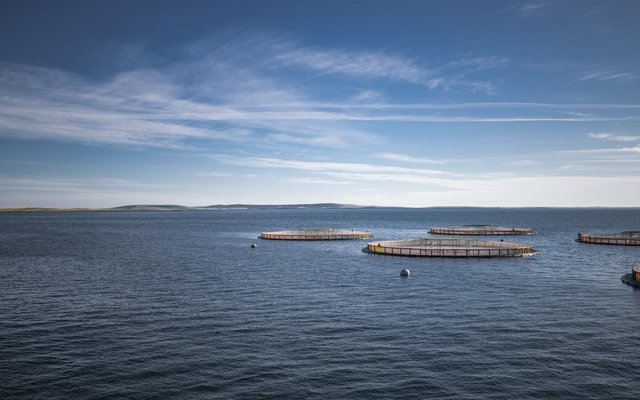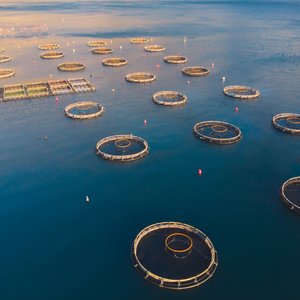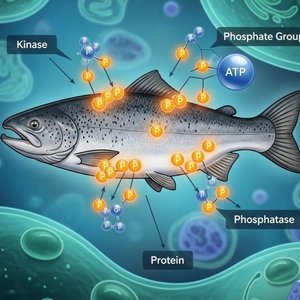Presented among the sector’s requests for salmon farming regulatory and planning system renovation, Salmon Scotland’s report shows the salmon farming economic contribution to the country highlighting how the sector has driven Scotland’s recovery after the COVID-19 pandemic.
“All this has been achieved by a dedicated workforce despite the incredible challenges of COVID-19 and Brexit, so by tapping into salmon farming’s full potential, I am confident the blue economy can deliver even greater benefits for local communities and could be worth GBP 1 billion to the Scottish economy in just a few years,” said Tavish Scott, trade body’s chief executive at Salmon Scotland. “It is imperative that the Scottish government enables a framework that is both transparent and efficient and the UK Government works to address the post-Brexit challenges at the border to ensure that Scottish salmon can turbocharge the country’s economy.”
Additionally, according to the report, sustainable growth for Scotland’s rural communities can be achieved with efficient reform, increasing high-paid and high-skilled local jobs.
“The figures confirm that Scottish salmon is the backbone of some of Scotland’s most isolated areas and the blue economy will be key to helping communities through the cost-of-living crisis,” added Scott. “Having provided an additional GBP 100 million (USD 103 million) to the economy over two challenging years, the right decision-making from governments could result in Scottish salmon generating as much as GBP 1 billion (USD 1.13 billion) for the Scottish economy through sustainable growth.”
The figures from Salmon Scotland show a direct economic contribution of GBP 303 million (USD 342.5 million) in Gross Value Added (GVA) in 2021, up nearly a fifth on pre-pandemic levels of GBP 254 million (USD 287 million) in 2019. The sector also indirectly generated a further GBP 397 million (USD 449 million) in GVA through the supply chain, which supports jobs in the country.
There was a further GBP 66 million (USD 75 million) positive impact in employment costs up 22.2% from GBP 54 million (USD 61 million), benefitting local communities and companies like accommodation providers and retailers, taking the combined total to GBP 766 million (USD 866 million).
Salmon farming directly employs more than 2,500 people in rural Scotland’s coastal communities with 10,000 jobs related to the sector.
“Scottish salmon generates vital wealth for the country, and specifically for our islands and Highland coastal communities. Farm-raised salmon is the economic backbone of some of Scotland’s most isolated areas, creating thousands of local jobs and opportunities,” Scott said.
Finally, the report also analyzes the sector’s turnover in Scotland’s five salmon-producing regions. According to the records, salmon farming contributed GBP 224 million (USD 253 million) across the northwest Highlands, GBP 151 million (USD 171 million) in the Western Isles, GBP 150 million (USD 170 million) in Argyll and Bute, GBP 137 million (USD 155 million) in Shetland, and GBP 75 million (USD 85 million) in Orkney.













